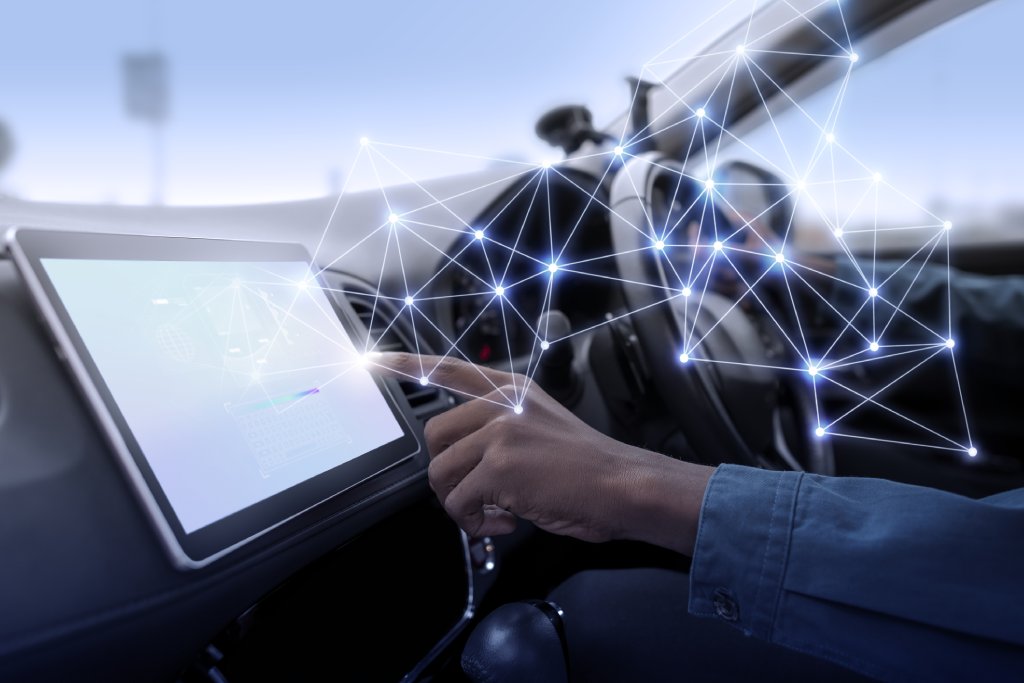Automatic Is Not The Same As Autonomous

Table of Contents
The Dream Of A “Driving Robot” Or: Automatic Is Not The Same As Autonomous
Different terms are used in discussions about self-driving cars: Some speak of “assistants”, others announce e.g. B. Traffic jam “pilots”. Still other reports refer to “automatic” or “autonomous” vehicles. One might think that this variety of terms is due to the imprecision of everyday language. Or is there a suggestive marketing strategy behind it? In reality, each of these terms represents a fairly precise idea of what a self-driving car should and shouldn’t be able to do. Since this has consequences for safety and quality management, it is important to understand what is meant in the respective context.
The Role Of The Driver
Safety management in the automotive industry can now build on several years of experience and well-established procedures. Arguments and evidence were obtained from many models, test drives and simulations, which justify the current high safety standard of our automobiles. In this reasoning, the driver plays an important role.
The same has been demonstrably trained to drive a vehicle on public roads. As such, the driver is therefore trustworthy. Therefore, it is assumed with the brakes, steering, gas pedal, etc. – so the argument goes – that the driver can notice and correct any errors in the vehicle’s behavior. Or he gets the error directly from the system and can adjust to it. Do you remember? You turn the ignition key and see many colored lights for ABS, airbags and other things light up briefly in the dashboard, then go out immediately. The driver is thus informed that
- The lights are working and – if they do not go out – he or she can no longer rely on the function.
- If one of these lights comes on while driving, the associated function is no longer available.
The basic rule for safety and quality management is therefore: Inform the driver and ensure that he can always steer and brake. The driver thus becomes a calculated safety authority, because – so the assumption – he can always intervene to correct it.
Assistance Systems
Let’s take a look at modern assistance systems using the example of assistants for lane keeping and distance to the vehicle in front. The exact designations are manufacturer-specific and are not of interest here. These assistants can already accelerate or brake, i.e. influence the so-called longitudinal guidance. Steering is also possible to a limited extent, this is referred to as lateral guidance.
Take a look at the operating instructions for your assistance functions. You will read that as a driver you are still responsible and can only take your hands off the wheel for a short time – if at all. So you have to follow the road traffic as if you were driving yourself! It also says there that there is a light that indicates the availability of the function (i.e. the assistant). Do you see it? You as the driver – assistance or not – are responsible. An assistant makes driving easier for you, but nothing more.
The basic rule for safety and quality management is now: Inform the driver if the assistance function is not available so that he can react. Make sure that errors in the impact are noticed by the driver. And of course the driver should always be able to brake and steer and thus have priority.
pilots
So far there has not been much sign of autonomy. Right! Functions that are called “pilot” should now take some of the responsibility away from the driver. The word “something” is crucial, because a pilot function has clear limitations. There is the traffic situation in which the function may be activated at all: A traffic jam pilot is e.g. B. only intended for traffic jams. Each manufacturer will probably offer their customers their own definition of what a traffic jam is. Permissible weather and type of road will also be restricted. The reason for this is that today’s technology has its limitations.
If the pilot is now active, the driver is allowed to let go of the controls. Longitudinal and lateral guidance is provided by the pilot function. The driver also no longer has to follow the road with his attention without gaps. This is now also taken over by the function. Wonderful, isn’t it?
The driver is not completely abandoned as a safety authority. A situation may arise in which the pilot no longer knows what to do or is not allowed to operate at all: the traffic jam has ended, an accident occurs, heavy snowfall, and the like. In this case, the driver is needed again and asked to take responsibility. In short: A function called “Pilot” can take responsibility, but only for a very limited and defined driving situation. Most of the time, the driver is still indispensable and “on duty”.
The basic rule for safety and quality management is: Tell the driver when the function is active (i.e. he is relieved of his responsibility). Ask the driver to take over if the function can no longer be active. During the active period, drive safely.
As you can see, a quantum leap has now taken place compared to the previous cases. The driver resigns as a safety authority! The principle according to which the driver should have priority at all times and be able to drive again himself also applies here.
Full Automation
Vehicles that are highly automated now further extend the usefulness of the pilot. The number of possible traffic situations is further expanded and a journey from A to B comes into view. The person sitting in the car still has to be a driver, but he can now devote a large proportion of the driving time to other things. While the function is active, longitudinal and lateral guidance is a matter for the machine.
But even with full automation, people still have a responsibility. It can still happen that in the highly complex structure of our traffic, a situation arises that also causes difficulties for this machine. Even environmental conditions that condemn sensors to blindness continue to be limiting factors. And of course there may be technical errors now, too. In such a situation, the human could still be challenged, if only to stop the car safely. In short: The driver is still there for situations that the machine simply cannot handle yet.
Our basic rule is now: Tell the driver when the function is active and when it needs to be ended. Ask him to take responsibility when necessary. And the following still applies: the driver has priority and can take over at any time if he wants to.
Autonomous Vehicles
Autonomous vehicles are now the goal and the subject of all the dreams that take flight that speak of our society experiencing mobility in a completely different way. Drivers are no longer needed in autonomous vehicles! Only an autonomous vehicle makes it possible to transport old people, children or people with disabilities. Only an autonomous vehicle has to master all traffic situations, including special situations. Should there be a dramatic development, the autonomous vehicle must ensure maximum safety for everyone and intelligently bring the vehicle to a standstill.
This makes it clear that the leap from highly automated cars to autonomous driving is by no means a small one: it is another quantum leap in which humans cede responsibility to machines. Safety and quality management have to deal with an unmanageable number of scenarios and risks. The driver is no longer a safety authority, because there are only passengers in the car.
Conclusion
You see, autonomous does not mean automatic. For safety and quality management, e.g. T. very different requirements. Therefore, always pay attention to the performance class your conversation partner is talking about. It could make a difference !
Also Read: What Is The Metaverse And How Will It Affect Brands?






